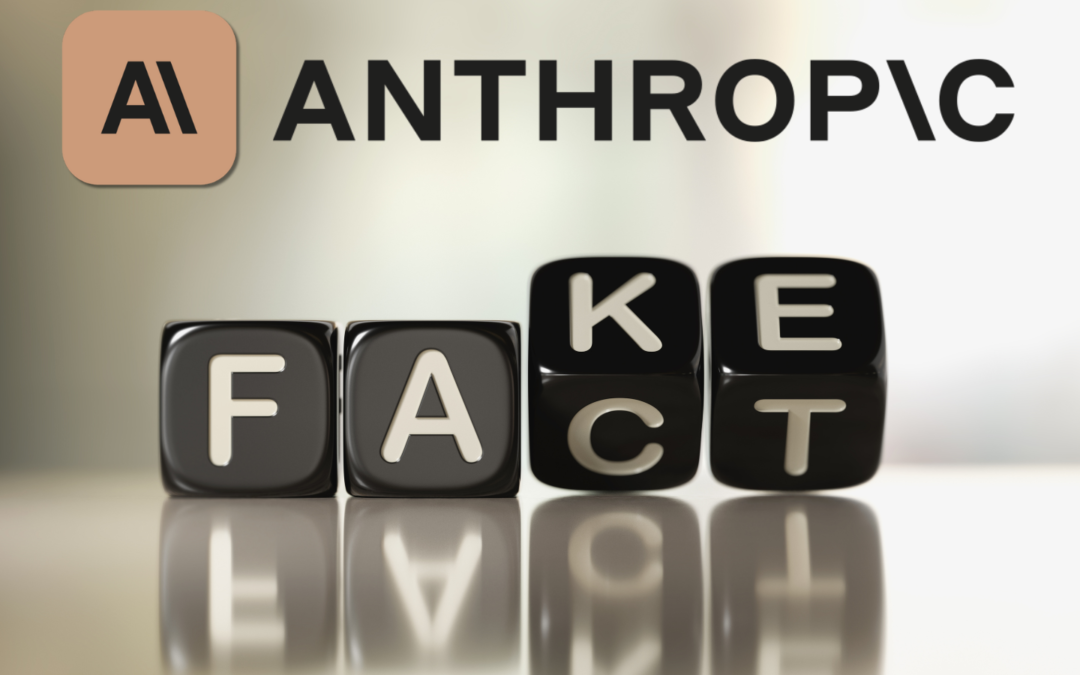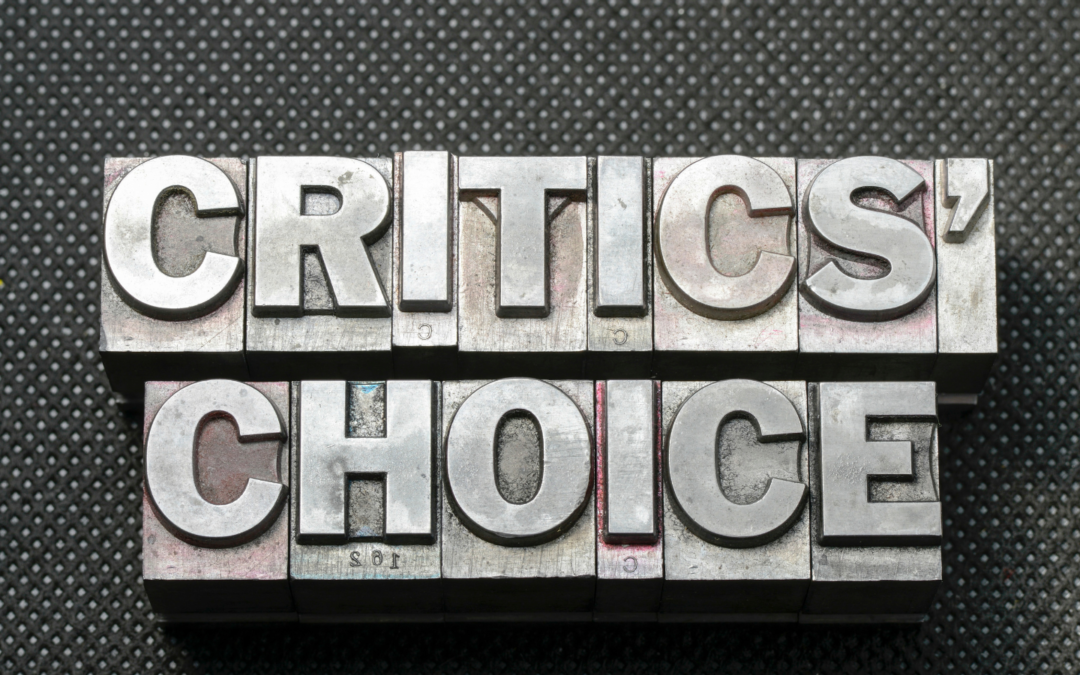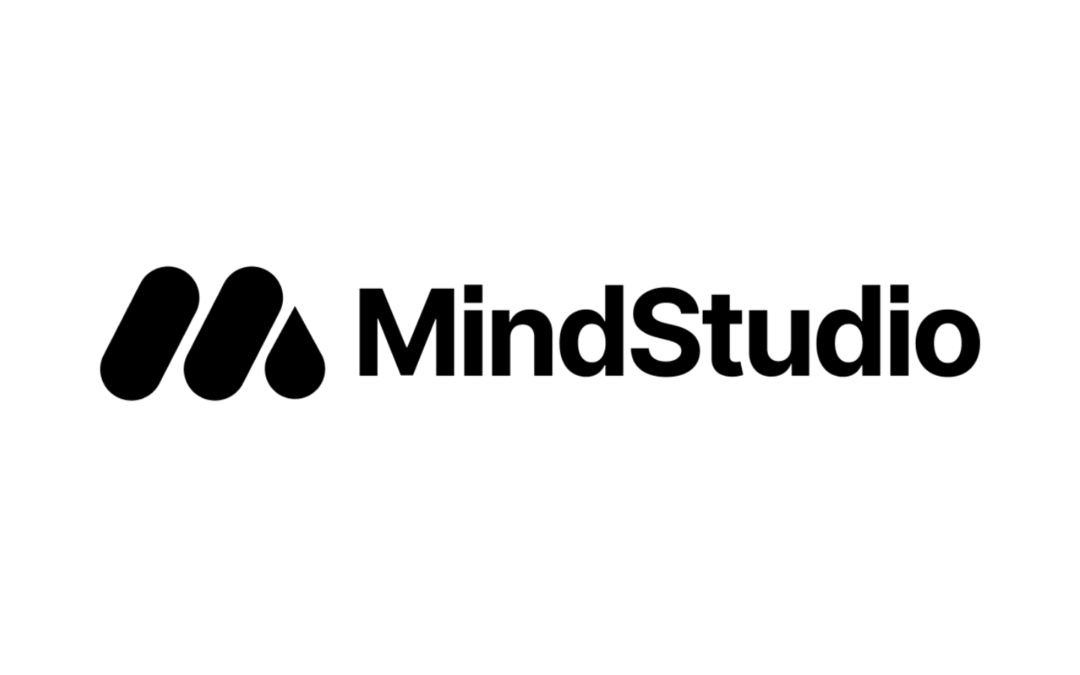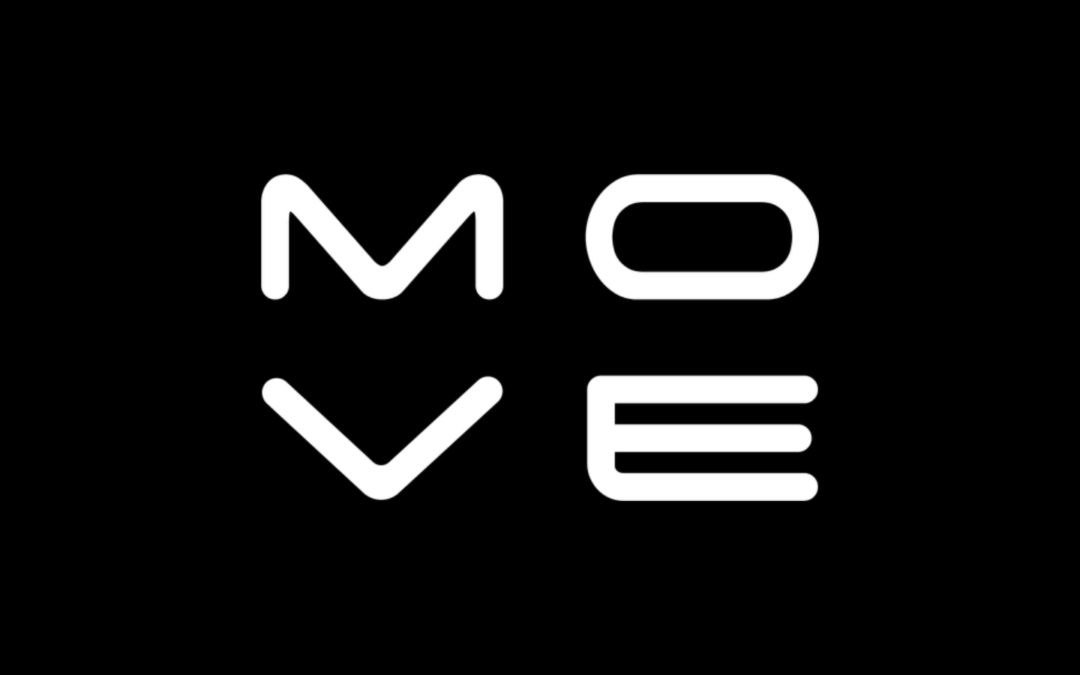
Spotted In The Wild – ChatPlayground.Ai
 Spotted In The Wild features live websites presently using .Ai domain extension
Spotted In The Wild features live websites presently using .Ai domain extension
ChatPlayground.ai is a versatile platform designed to streamline the AI experience by enabling users to compare responses from multiple AI chatbots such as ChatGPT, GPT-4, and Google Gemini. This comprehensive tool is tailored for developers, data scientists, researchers, content creators, students, and AI enthusiasts, providing a one-stop solution for a variety of AI needs.
Features and Benefits
AI Comparisons: One of the standout features of ChatPlayground.ai is its ability to provide responses from multiple AI models side-by-side. This functionality helps users determine which AI chatbot delivers the most accurate or relevant response to their queries, enhancing decision-making and productivity.
Real-Time Web Search: ChatPlayground.ai integrates real-time web search capabilities, allowing users to access up-to-date information seamlessly within the platform. This feature ensures that users can retrieve the latest data and insights directly from the web without leaving the site.
Prompt Library: The platform offers a rich prompt library, assisting users in crafting effective queries for different AI models. This library is particularly beneficial for those new to AI or those seeking to improve their interaction with chatbots.
Image Generation: Another notable feature is the image generation tool. Users can generate images based on their inputs, which is useful for content creators and marketers looking for unique visual content.
Multilingual Support: ChatPlayground.ai supports multiple languages, making it accessible to a global audience. This feature broadens the platform’s usability and allows users to interact with AI in their preferred language.
Document Interaction: Users can import their own documents into ChatPlayground.ai and interact with them using AI. This capability is ideal for researchers and professionals who need to analyze or extract information from large texts efficiently.
User-Friendly Interface: The site is designed with a clean, intuitive interface that simplifies the user experience. The layout ensures easy navigation and quick access to the platform’s various tools and features.
Ideal for Various Users: Whether you’re a developer testing different AI models, a content creator generating ideas, or a researcher seeking detailed information, ChatPlayground.ai offers valuable tools to enhance your workflow and productivity. ![]()
Visit ChatPlayground.Ai
AI chatbots, ChatGPT comparison, GPT-4, Google Gemini, AI toolkit, real-time web search, prompt library, multilingual AI, content creators, developers
Content Summary: ChatGPT I Logo: Respective Website Owners




 Spotted In The Wild features live websites presently using .Ai domain extension
Spotted In The Wild features live websites presently using .Ai domain extension
 Spotted In The Wild features live websites presently using .Ai domain extension
Spotted In The Wild features live websites presently using .Ai domain extension
 Spotted In The Wild features live websites presently using .Ai domain extension
Spotted In The Wild features live websites presently using .Ai domain extension